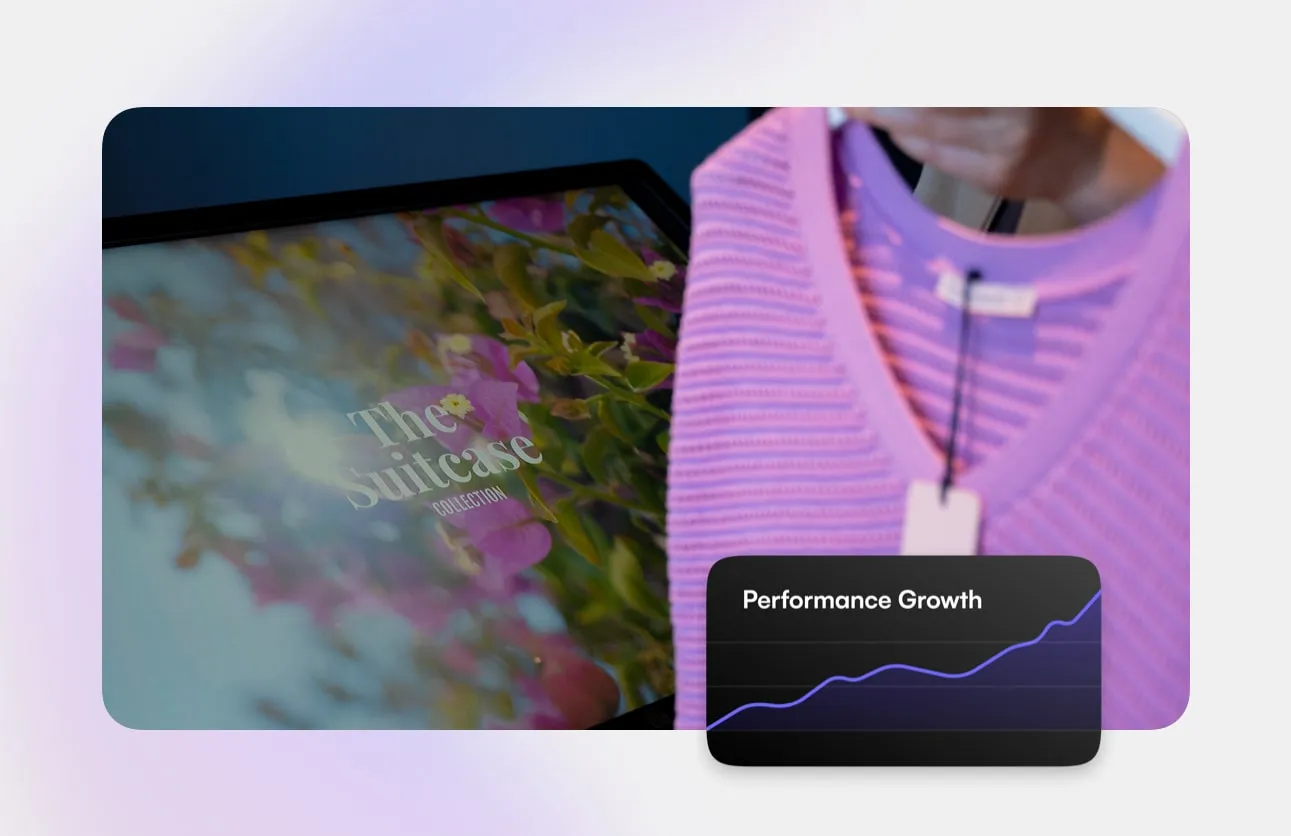
Now that you have decided to optimize your buyers' experience as a fashion brand, you should plan your next steps. What do you need to kick-off your digital showroom? The most challenging phase of implementing the digital showroom and digitalizing wholesale is the mindset change. If your team is on the same page, from c-level to sales reps, the biggest hurdle has been overcome. Once you have the team aboard, the rest of the strategy adapts more easily as everybody gets excited about improving the sales experience. This is what we've learn while implementing the Fashion Cloud Showroom at Tommy Hilfiger:
What followed for Tommy Hilfiger was a series of steps taken by multiple teams within the brand -design, merchandising, marketing and sales - to reach the scalable growth plan for the digital showroom.
1. Implement Digital Hardware
What digital hardware will you be using to set up the digital showroom? Choose a setup that helps your team streamline sales meetings and present the collection effectively. Consider a wall screen to easily navigate your brand assortments, a digital workstation with a touch screen for presentations, or a theater setup with high-fidelity audiovisual specs and premium furniture finishes to bring your buyers into your story.
2. Implement the platform for digital content
Now that the hardware is done, you need to focus on the software and begin to populate your digital showroom platform with your assets. It's time to add digital content, such as your collection photos and/or 3D renders, photoshoots, and videos that help tell the brand story. Additionally, don't forget to include all the necessary information. Take the time to ensure that the sales teams have all the right material to impress buyers in the upcoming phases.
3. Work with improved collection storytelling
Digital opened the door for new types of content and stories to present and sell collections. Videos, photography, samples and other physical elements created a stronger, more cohesive story that elevated the brand and eliminated the single-point-of-failure risks by running sell-in appointments using physical samples only.
4. Sell more brand assortments to buyers
While planning the sales season, the teams have aligned which brand assortments are the most valuable for the brand in terms of brand storytelling, profit margins, and other variables. A stellar showroom experience can help teams to increase brand assortment sales, resulting in better season results. Engaging the buyer in the strategy through storytelling can help to achieve this.
Tommy Hilfiger has seen a 60% increase in orders for brand assortments with theFashion Cloud Showroom.
5. Reduce sample dependency
Sell-in meetings with lots of samples covering the showroom floor? Not anymore. When you have enough content in your digital showroom, you can reduce the number of samples used and focus on the ones that are most important: innovative materials, deluxe finishes, and new fitting types. Have strategic samples and go digital with the rest!
Tommy Hilfiger saw up to 85% fewer samples produced each season as a result.
6. Reduce sample cost
Less samples for a sell-in meeting can reduce sample production and shipment costs for the entire sales season. As fewer samples are required each season, being replaced or accompanied by their digital versions, fashion brands can see cost improvements, and most important, without compromising the season financial results.
7. Shorten lead times
The digital showroom removed many operational tasks from the sales teams day-to-day. The time gained could be focused on preparing their sales appointments, which in turn led to more strategic approaches.
8. Speed-up time to market
Before the digital showroom, the entire sales season at Tommy Hilfiger was between 6 to 8 weeks. Now the sales team can do it in half of the time, having up to 7 sales appointments before lunch!
9. Re-start and grow!
Now you know all the steps that takes to create a memorable sales season with a digital showroom. Look back, analyze your outcomes, calibrate your metrics, and get ready for next season!
Following these steps, Tommy Hilfiger was able to improve the brand storytelling, opening doors for new types of content and stories to present and sell collections. It increased team synergies bringing sales, marketing, merchandising and design closer. The result is a shorter time to market and reduction on several process, from administrative work to sample production.



.webp)
